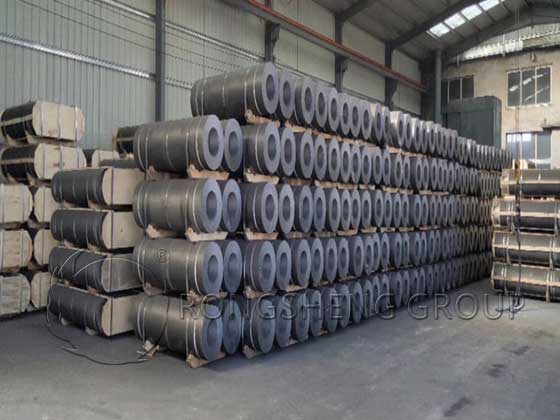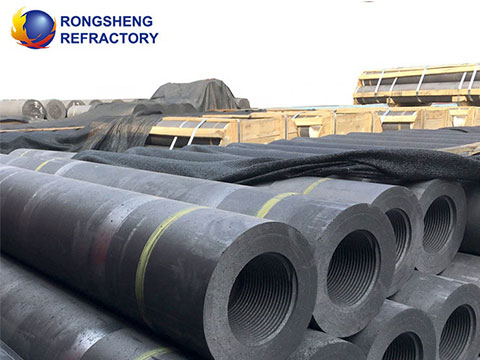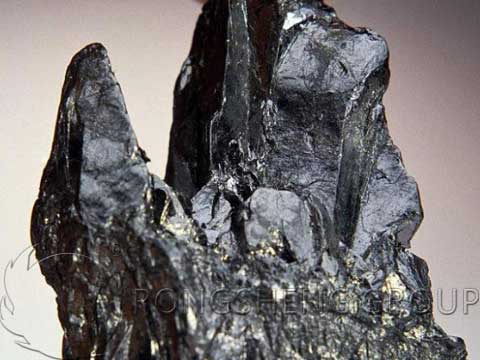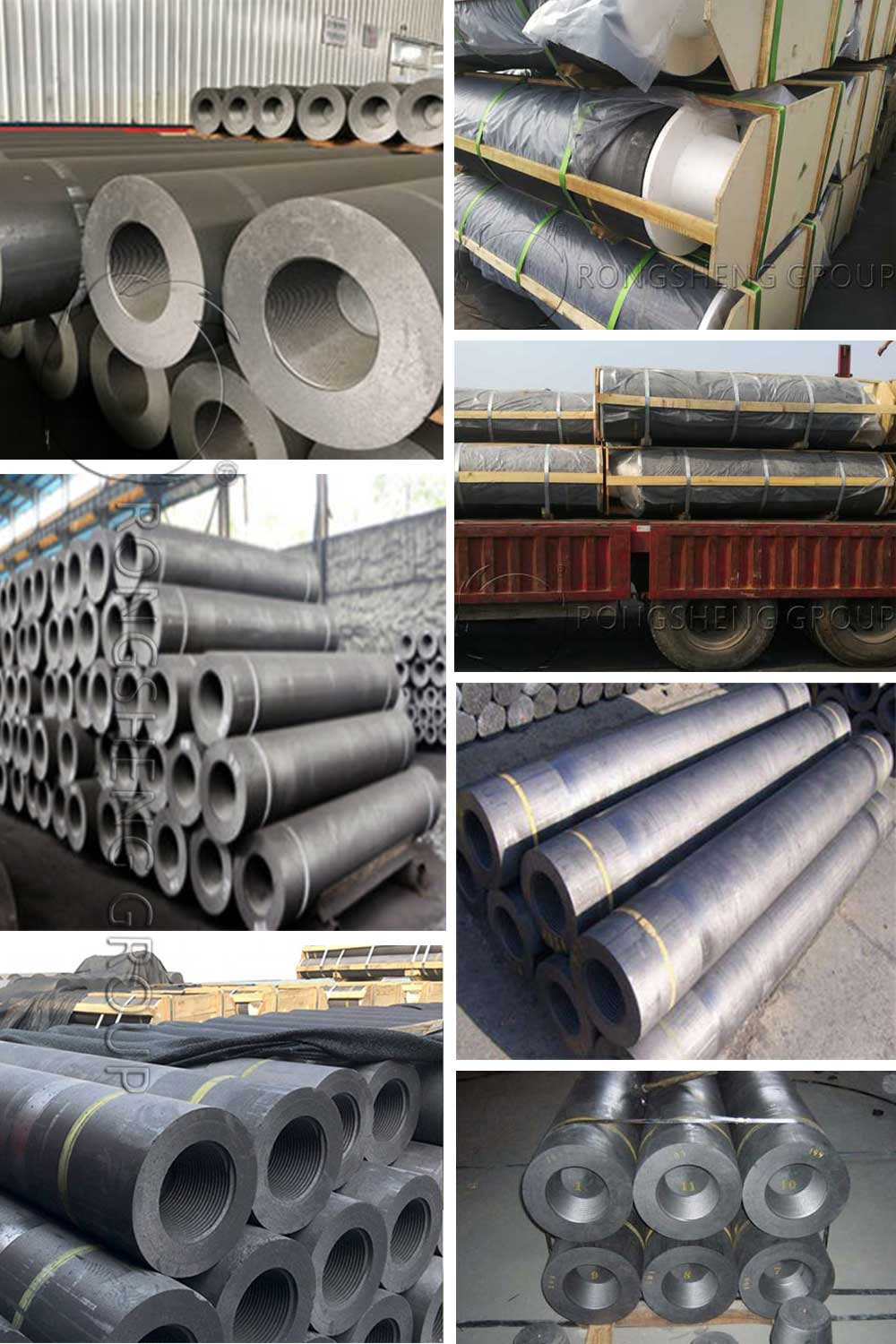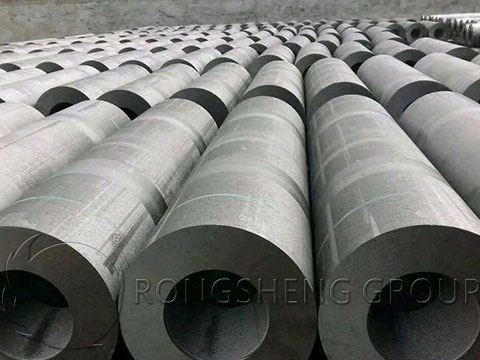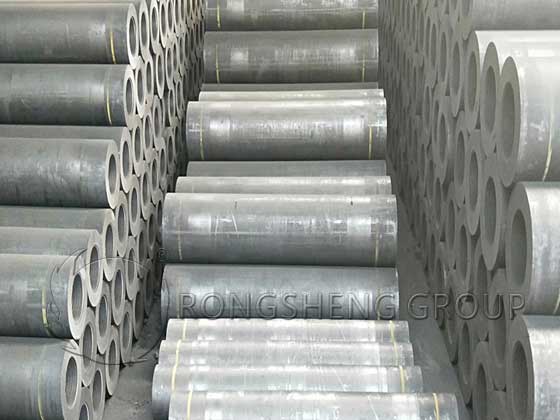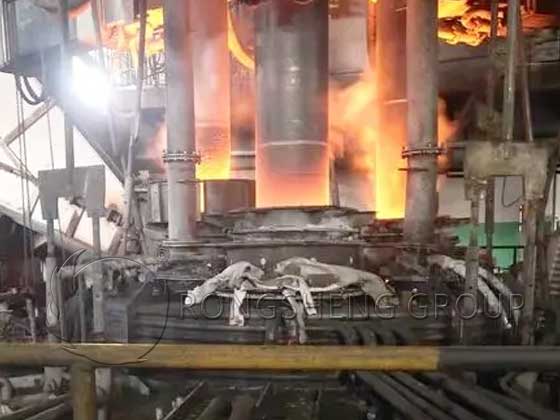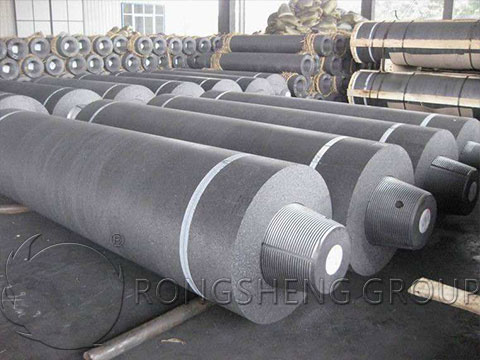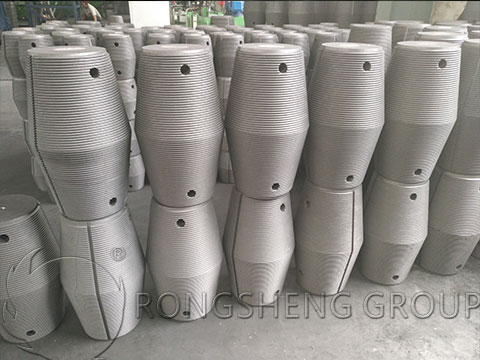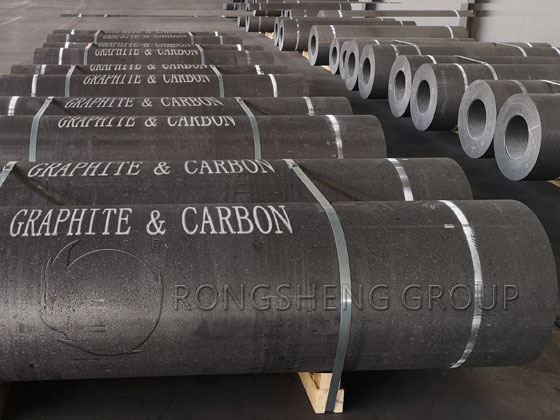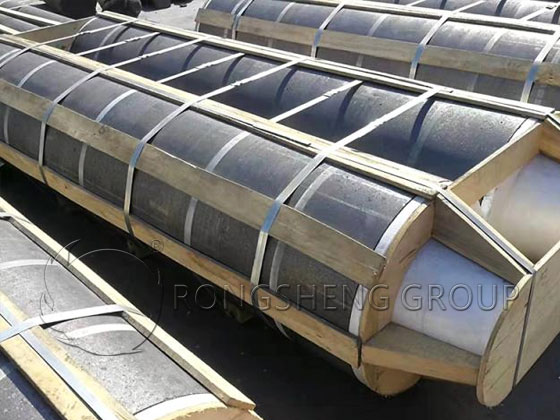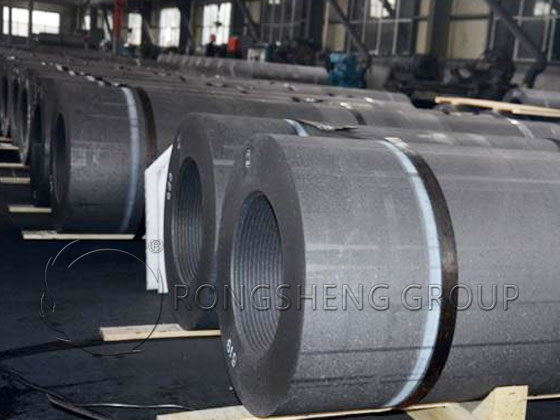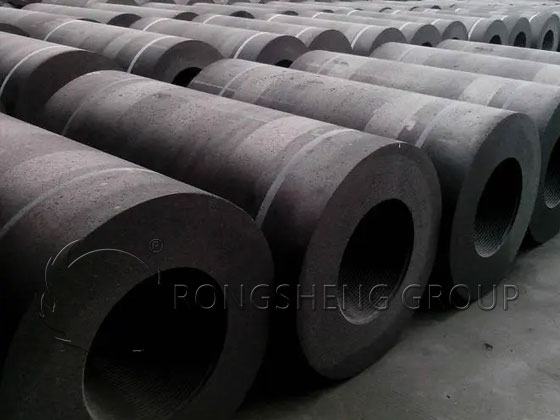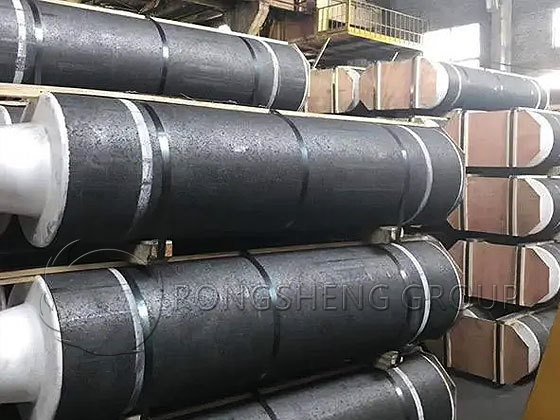The steel industry has been revolutionized by advancements in electric arc furnace (EAF) technology. One of the key contributors to the efficiency and effectiveness of EAF operations is the graphite electrode, specifically the HP (High Power) variant. Among the most widely used is the HP Graphite Electrode with nipple Ф300 mm, a powerhouse of energy conductivity and durability in steel production.
In this blog post, we will explore the significance of HP graphite electrodes, their role in the electric arc furnace, and how their characteristics make them indispensable in modern steelmaking processes.
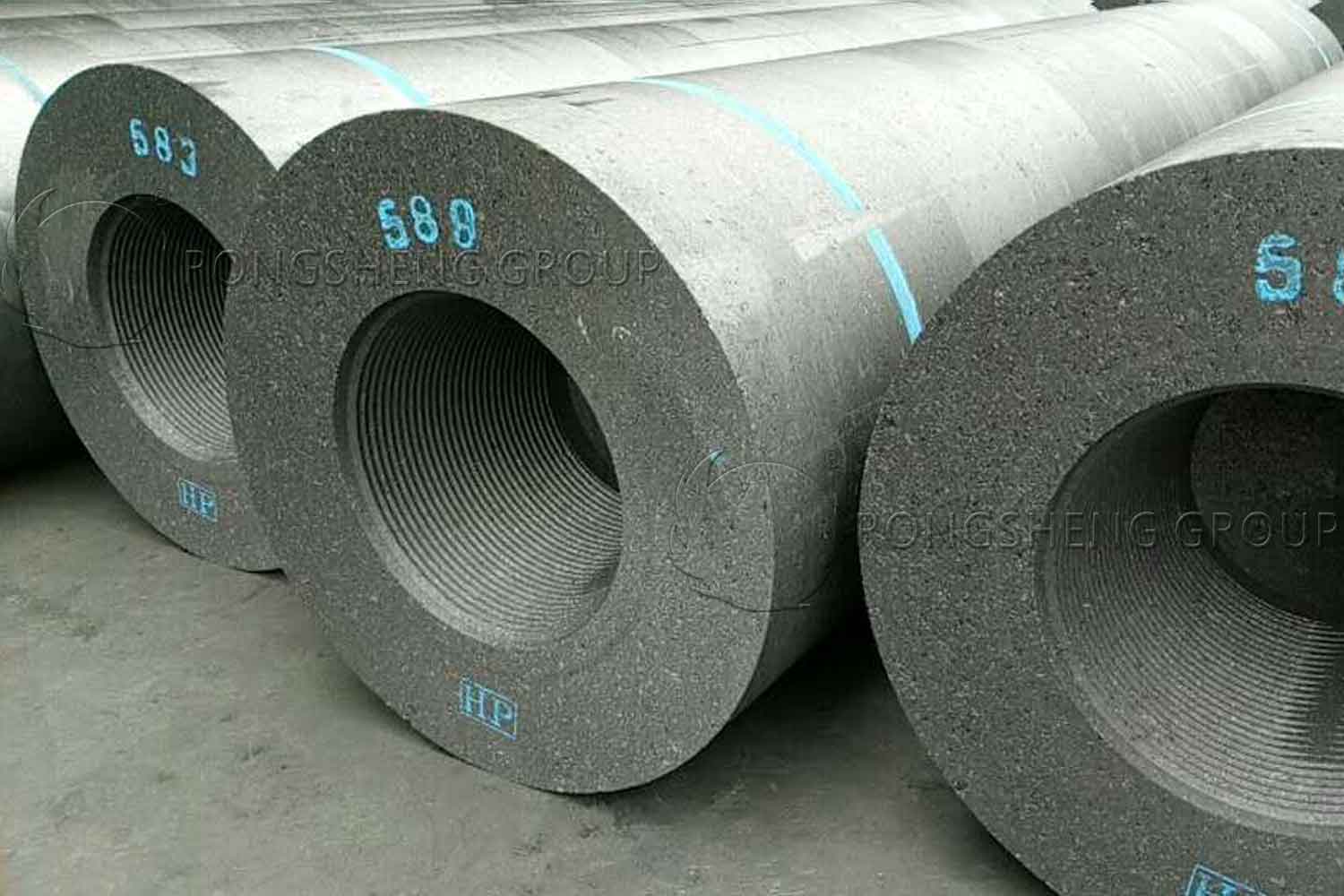
Understanding the HP Graphite Electrode with Nipple Ф300 mm
Graphite electrodes are essential for generating the high levels of heat required in EAFs to melt scrap steel and convert it into molten steel. The HP Graphite Electrode with nipple Ф300 mm is a specialized tool designed to handle the intense conditions within these furnaces.
What is an HP Graphite Electrode?
HP graphite electrodes are categorized based on their power rating, with “HP” standing for High Power. These electrodes are capable of conducting substantial electrical current without breaking down under extreme conditions. They are built to withstand the high temperatures and intense electrical currents used in steel production, making them ideal for EAFs that operate at higher capacities.
The “Ф300 mm” refers to the diameter of the electrode. This 300 mm diameter is a commonly used size in large-scale steel production due to its ability to carry higher currents, ensuring efficient and stable furnace operation. The electrode’s size also plays a role in its durability and lifespan, both of which are critical factors in minimizing downtime and maximizing productivity in steel mills.
The inclusion of the nipple in HP graphite electrodes enhances their performance. The nipple allows multiple electrodes to be connected end-to-end, which is essential for the continuous operation of the electric arc furnace. These connections are highly secure and ensure that the flow of electricity is consistent throughout the furnace, preventing any disruptions during the melting process.
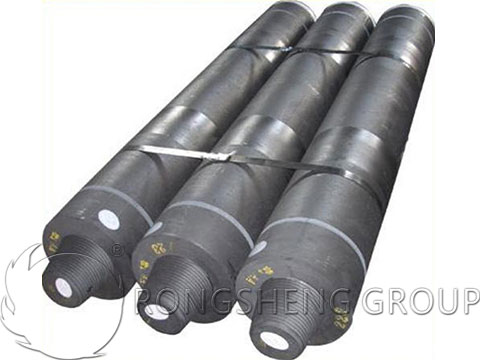
The Role of Graphite Electrodes in the Electric Arc Furnace
Electric arc furnaces have become the backbone of modern steel production, offering a more environmentally friendly and flexible alternative to traditional blast furnaces. Graphite electrodes are at the heart of this process, as they are responsible for creating the electric arc that generates the immense heat required to melt scrap metal.
How Does an EAF Work?
In an EAF, scrap steel is loaded into the furnace, and large amounts of electricity are passed through graphite electrodes, creating an arc between the electrodes and the scrap material. This electric arc heats the scrap steel to temperatures exceeding 3,000°C, which is necessary to melt the steel and produce molten metal.
Graphite electrodes, particularly HP variants, are designed to endure these high temperatures while efficiently conducting the electrical current necessary to sustain the arc. The intense heat generated by the arc allows steelmakers to melt down scrap metal and produce high-quality molten steel, which can then be refined and processed into various steel products.
The efficiency of the electric arc furnace relies heavily on the performance of the graphite electrodes. HP graphite electrodes, like those with a Ф300 mm diameter, are particularly suited for this high-power application, ensuring that the furnace operates smoothly and efficiently.
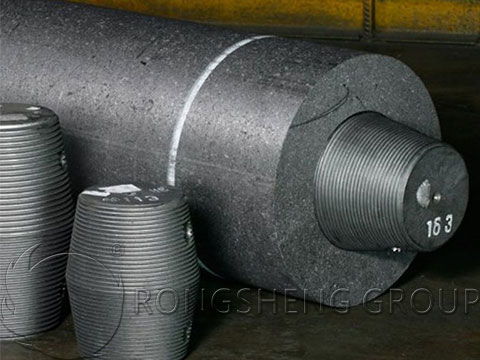
Advantages of Using HP Graphite Electrodes in EAF Operations
Using HP Graphite Electrodes with nipples of Ф300 mm in electric arc furnaces offers several advantages that make them the preferred choice for steelmakers worldwide.
-
-
-
Superior Conductivity
-
-
HP graphite electrodes are known for their excellent electrical conductivity. This property is essential for the efficient transfer of electrical energy into thermal energy in the EAF. The Ф300 mm HP graphite electrode, with its larger diameter, allows for higher current-carrying capacity, making it ideal for high-powered operations in large furnaces.
-
-
-
High Thermal Resistance
-
-
Graphite has one of the highest melting points of any material, which makes it an ideal choice for use in electric arc furnaces. HP graphite electrodes can withstand the extreme temperatures inside the furnace without degrading or losing their structural integrity. This durability ensures that the electrode can be used for prolonged periods, reducing the need for frequent replacements and downtime.
-
-
-
Cost-Effective Performance
-
-
Although HP graphite electrodes are more expensive upfront than some alternatives, their longer lifespan and ability to handle higher power loads make them a cost-effective solution over time. The Ф300 mm diameter provides a balance between performance and durability, ensuring that steel production processes run efficiently with minimal interruptions.
-
-
-
Consistent and Reliable Arc Formation
-
-
The design of HP graphite electrodes with nipples allows for the formation of a stable and consistent electric arc. The nipple connections enable multiple electrodes to be used in series, ensuring that the furnace operates continuously without the risk of electrical interruptions. This reliability is crucial for maintaining consistent steel quality and reducing energy consumption.
The Environmental Impact of HP Graphite Electrodes in EAF Steelmaking
The use of HP graphite electrodes in electric arc furnaces also contributes to a more sustainable steel production process. EAF technology itself is more energy-efficient and produces lower emissions compared to traditional blast furnaces. By utilizing recycled scrap steel as the primary raw material, EAFs reduce the need for mining and processing of iron ore, which is a resource-intensive process.
HP graphite electrodes, with their high durability and efficiency, help further enhance the environmental benefits of EAFs. By reducing the frequency of electrode replacements and improving furnace performance, these electrodes contribute to lower energy consumption and reduced carbon emissions.
Conclusion: Optimizing Steel Production with HP Graphite Electrodes
The HP Graphite Electrode with nipple Ф300 mm plays a pivotal role in the efficiency of electric arc furnace operations. Its superior conductivity, high thermal resistance, and reliable performance make it the ideal choice for high-powered steel production processes. By ensuring consistent electric arc formation and withstanding the extreme conditions within the furnace, HP graphite electrodes are key to modern, sustainable steelmaking.
For steelmakers looking to optimize their production processes, HP graphite electrodes are an investment that can improve efficiency, reduce costs, and contribute to a more environmentally friendly industry.

